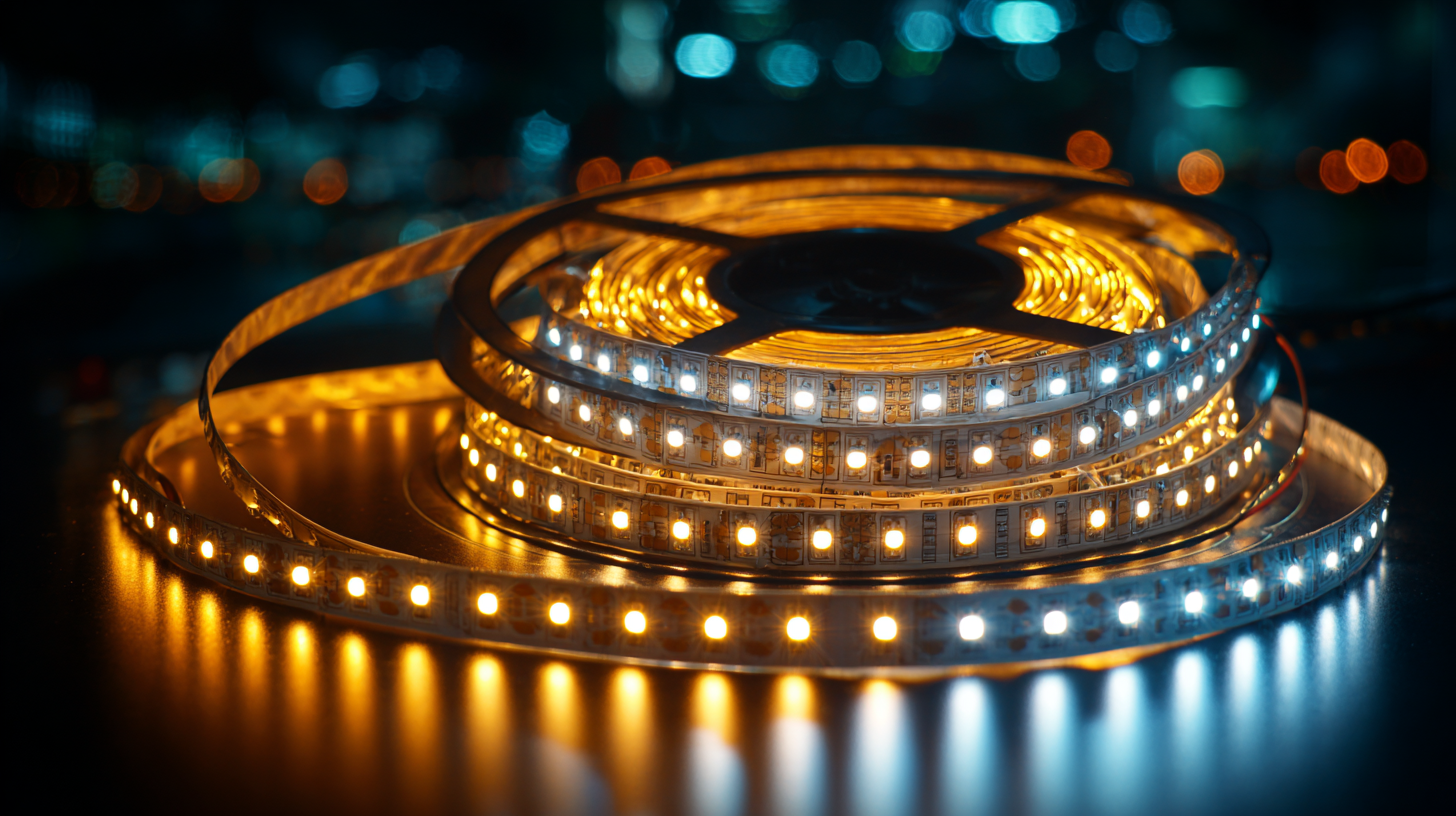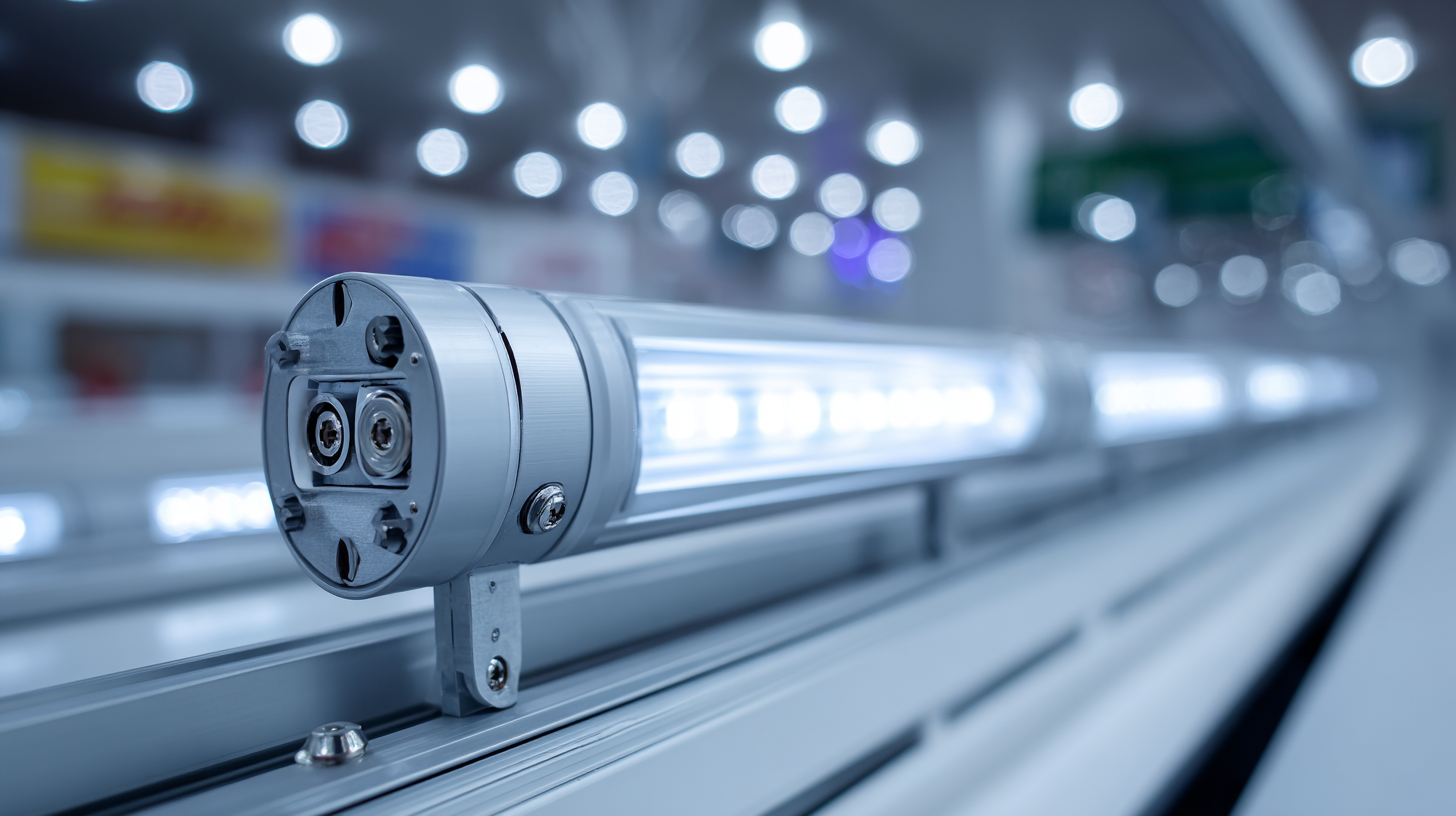How to Navigate Import and Export Certifications for the Best Led Fixture
As the global demand for energy-efficient lighting solutions continues to rise, the LED fixture market has become a focal point for manufacturers and exporters alike. According to a recent report by Grand View Research, the LED lighting market is projected to reach $105.75 billion by 2025, with a compound annual growth rate (CAGR) of 13.4% from 2019 to 2025. This growth is driven not only by advancements in technology but also by increasing environmental regulations worldwide. China, being a leading manufacturer in this sector, has established a robust export footprint, supplying high-quality LED fixtures to various international markets. However, navigating the complex landscape of import and export certifications is crucial for leveraging this opportunity successfully. Understanding these certifications can enhance market access and ensure compliance, thereby enabling manufacturers to capitalize on the burgeoning global demand for LED fixtures.

Understanding the Importance of Import and Export Certifications for LED Fixtures
Navigating the world of import and export certifications is crucial for anyone involved in the LED fixture market. These certifications not only ensure compliance with national and international standards but also enhance consumer trust. According to a report by the International Energy Agency (IEA), the global LED market is projected to reach $78 billion by 2024, highlighting the importance of adhering to certifications to capture a share of this expanding market.
Import and export certifications typically include compliance with safety, performance, and energy efficiency standards. The LED lighting industry must comply with regulations such as the Energy Star certification and Restriction of Hazardous Substances (RoHS) directive, which underscore the importance of eco-friendly and energy-efficient technologies. Failure to obtain these certifications can lead to costly recalls and reputational damage, as highlighted in a study from the Global Lighting Association, which indicated that 70% of consumers closely examine compliance certifications when purchasing lighting products. Ensuring that your LED fixtures are certified can significantly improve market entry opportunities and foster buyer confidence.
Import and Export Certifications for LED Fixtures
Key Certifications Required for Global Export of LED Lighting Products
When navigating the global marketplace for LED lighting products, understanding key certifications is crucial for successful export. Among the most essential certifications are the Energy Star certification and the International Electrotechnical Commission (IEC) standards. According to the U.S. Department of Energy, products that achieve the Energy Star label are about 20-30% more energy-efficient than standard options, making them highly competitive in international markets where energy efficiency is a growing concern.

Another significant certification is the CE mark in Europe, which indicates compliance with safety and environmental standards. A report by MarketsandMarkets estimates that the global LED market is projected to reach USD 150 billion by 2026, with a large portion of this growth driven by consumers' demand for certified products. Countries like the United States, Canada, and those in the European Union require these certifications, not only to ensure safety and quality but also to facilitate smoother trade relations. Consequently, manufacturers must invest time and resources into obtaining these certifications to enhance their products’ marketability and compliance internationally.
Step-by-Step Guide to Obtaining Essential Certifications for LED Fixtures
When it comes to bringing LED fixtures to market, obtaining the right import and export certifications is crucial. The process may seem daunting, but following a step-by-step guide can simplify it significantly. First, ensure that your LED fixtures comply with the specific standards set by your target markets. For instance, the U.S. Department of Energy (DOE) mandates compliance with the Energy Star program, which not only helps in verifying energy efficiency but also boosts consumer confidence. According to recent data, products with Energy Star certification can see an increase in sales by up to 20%, highlighting the importance of certification in gaining a competitive edge.

Next, consider the environmental regulations that often dictate the market entry for LED products. The Restriction of Hazardous Substances (RoHS) directive in the European Union limits the use of certain hazardous substances in electronic equipment. Navigating through these certifications typically involves preparing comprehensive documentation, including test reports from authorized labs, which can take several weeks. Research from the International Energy Agency indicates that improper compliance can lead to significant financial penalties, making it necessary to invest time in understanding each certification requirement. By systematically addressing these regulations, manufacturers can ensure smoother trade processes and position their LED fixtures for success in global markets.
Navigating Compliance Standards for LED Fixtures in International Markets
Navigating the complex landscape of compliance standards for LED fixtures in international markets is crucial for manufacturers and retailers aiming to succeed globally. According to a report by MarketsandMarkets, the global LED lighting market is projected to reach $161 billion by 2025, reflecting a compound annual growth rate (CAGR) of 13.5%. With such rapid growth, understanding international compliance standards becomes not just beneficial but essential for market entry and sustainability.
Compliance standards often vary significantly by region, encompassing energy efficiency ratings, safety certifications, and environmental regulations. For instance, the European Union’s Ecodesign Directive mandates specific energy performance standards, while the U.S. Department of Energy (DOE) oversees similar guidelines through the Energy Star program. Failure to comply with these standards can result in hefty fines and the inability to market products in key regions. Furthermore, a study by the International Electrotechnical Commission (IEC) indicates that adhering to these compliance benchmarks can enhance product reliability and consumer trust, leading to better market performance. Thus, staying informed about certification requirements and standards is a vital strategy in navigating the LED fixture market effectively.
Best Practices for Streamlining the Certification Process for Exported LED Products
When exporting LED fixtures, navigating the certification process is crucial for ensuring compliance with international standards. Adhering to best practices can significantly streamline this journey.
First, understanding the specific certifications required in your target market is vital. Different countries have different requirements, so thorough research on standards such as CE, UL, or FCC can save you from delays.
Tip: Create a checklist of necessary certifications and their corresponding documents. This proactive approach helps in managing timelines and ensuring that all certifications are in place before the export process begins.
Another effective strategy is to engage with certification bodies early on. Establishing communication can provide clarity on the certification process and potential challenges you may encounter along the way.
Tip: Schedule preliminary consultations with certification experts to discuss your product’s specifications and the relevant standards. This partnership can lead to more efficient testing and certification timelines.
Finally, leveraging technology can aid in tracking your certification process and managing documentation. Digital tools offer real-time updates and reminders, ensuring that you stay on top of the requirements.
Tip: Invest in certification management software to streamline document storage and retrieval. This allows for easy access during audits or inspections, making the process smoother and more organized.
